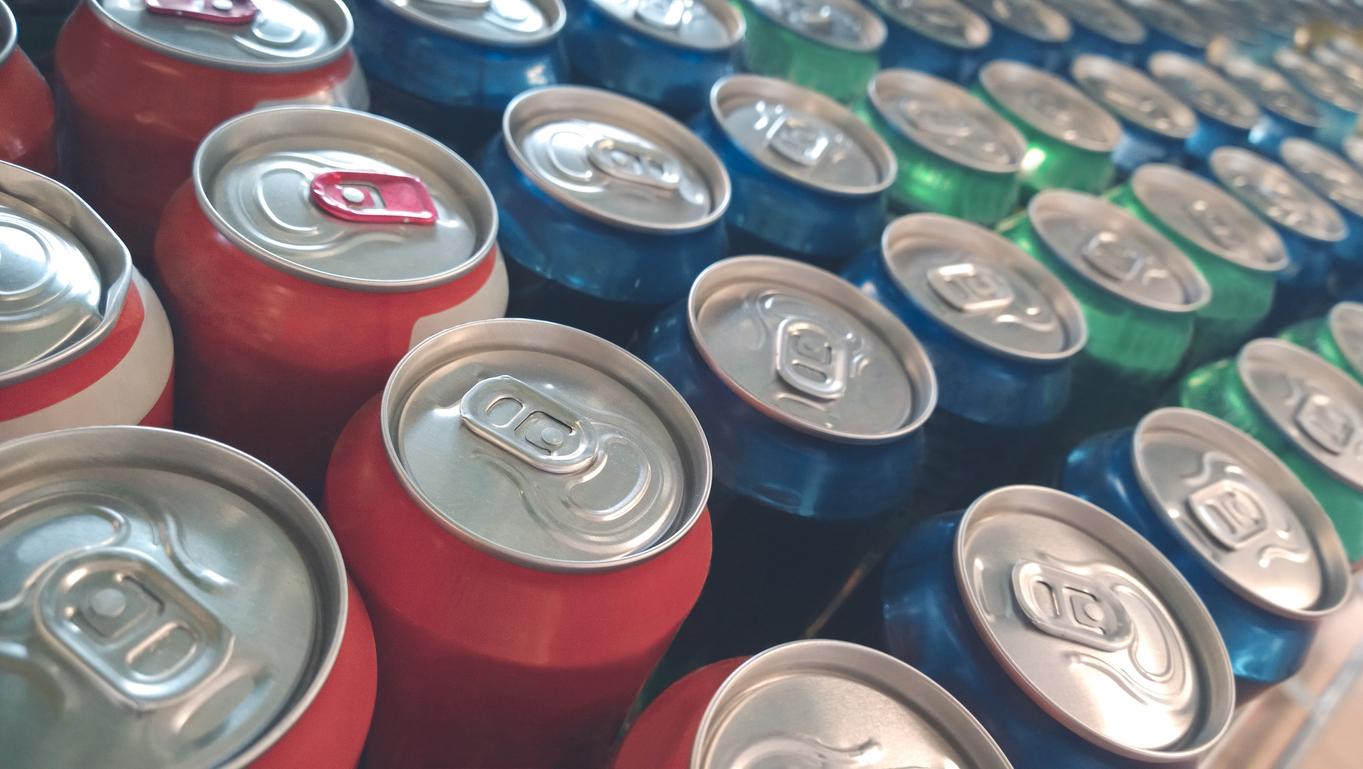Our desires to reconnect socially during a period of isolation share the same neural basis as our cravings for food when we are hungry.

- After a day of total isolation, the sight of people having fun together activates the same brain region as when someone who hasn’t eaten all day sees an image of a plate of cheese pasta.
- The substantia nigra, a tiny structure in the midbrain previously linked to hunger and drug cravings, activates when socially isolated subjects see pictures of people enjoying social interactions.
Since the start of the pandemic and the restrictive measures, the lack of social contact has been felt. American researchers from the famous MIT revealed that the desires to see other people that come to us during this type of social isolation share a neural basis with the cravings for food that we feel when we are hungry. The results were presented on November 23 in the journal Nature Neuroscience.
Lack of social contact leads to emotional distress
After a day of total isolation, the sight of people having fun together activates the same brain region as when someone who hasn’t eaten all day sees the image of a plate of cheese pasta. “People forced into isolation crave social interaction the same way a starving person craves foodcontinues Rebecca Saxe, professor of brain sciences and cognition at MIT, member of the McGovern Institute for Brain Research at MIT and lead author of the study. Our finding aligns with the intuitive idea that positive social interactions are a basic human need, and acute loneliness is an aversive state that motivates people to repair this deficiency, similar to the need to eat in the face of hunger..”
Previous studies have shown that being deprived of social contact can lead to emotional distress, but the neurological basis for these feelings is not well understood. “We wanted to see if we could experimentally induce some type of social stress, where we would have control over what social stress wasdescribes Rebecca Saxe. It’s a stronger social isolation intervention than any before attempted..” The team of researchers collected their data in 2018 and 2019, long before the pandemic and the resulting social isolation.
A forced confinement of 10 hours
To create this isolation environment, the researchers recruited healthy volunteers, mostly college students, and confined them to a windowless room on the MIT campus for 10 hours. They weren’t allowed to use their phones, but the room had a computer they could use to contact researchers if needed. “There was a whole series of interventions that we used to make sure it would be really strange and different and isolatedcontinues the researcher. They had to let us know when they were going to the bathroom so we could make sure it was empty. We delivered food to the door. They really weren’t allowed to see people.”
After the 10-hour isolation ended, each participant was scanned in an MRI machine, avoiding social contact. Before the isolation period began, each subject was trained on how to enter the machine, so they could do so on their own, without any help from the researcher. “Normally getting someone into an MRI machine is actually a really social processdecrypts Rebecca Saxe. We engage in all kinds of social interactions to make sure people understand what we’re asking of them, that they feel safe, that they know we’re there.”
A similar craving signal for social interactions and food
Each of the 40 participants also underwent 10 hours of fasting on a different day. After the 10-hour isolation or fasting period, participants were scanned while viewing images of food, images of people interacting, and neutral images such as flowers. The researchers focused on a part of the brain called the substantia nigra, a tiny structure in the midbrain previously linked to hunger and drug cravings.
Researchers have found that when socially isolated subjects view photos of people enjoying social interactions, the “missing signal” in their substantia nigra is similar to the signal produced when they see pictures of food after fasting. The amount of activation in the substantia nigra correlates with how strongly patients rate their feelings of lack of food or social interaction. The researchers also found that responses to isolation vary depending on their usual level of loneliness. People who reported feeling chronically isolated months before the end of the study showed lower cravings for social interaction after the 10-hour isolation period than people who reported a richer social life.
Different activations in other parts of the brain
The researchers also looked at patterns of activation in other parts of the brain, such as the striatum and cortex. They found that hunger and isolation each activate distinct areas of these regions. This suggests that these regions are more specialized to respond to different types of desires, while the substantia nigra produces a more general signal.
Now, it’s about understanding how social isolation affects people’s behavior, whether virtual social contacts such as video calls help dampen cravings for social interaction, and how isolation affects different age groups. The researchers also hope to investigate whether the brain responses they saw in this study can be used to predict how the same participants responded to isolation during the measures imposed in the early stages of the coronavirus pandemic.
.















